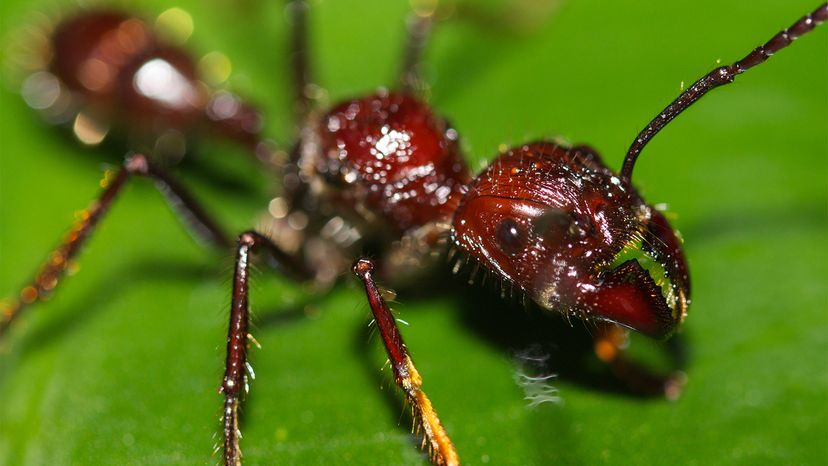
"Does it sting?" It's a question we find ourselves asking when we encounter a strange insect. And sure, it's great to know whether you need to steer clear of a particular invertebrate — however not all insect stings are created equal: Some stings you might hardly feel at all, others might hurt initially and gradually just become itchy and swollen, and some insects will hand your own rear end to you on a silver platter and make you wonder why you were born.
A lot of what we know about the relative unpleasantness of different insect bites comes from an entomologist named Justin O. Schmidt, director of the Southwest Biological Institute in Tucson, Arizona and author of "The Sting of the Wild," a treatise on stinging insects in which he includes the "Schmidt Sting Pain Index," a four-point numerical ranking of the relative suffering inflicted by different insect stings. Schmidt's pain scale of insect stings is organized into levels, ranging between 1 and 4, with 1 being the most bearable to 4 being the most horrific. So, if an insect, like the club-horned wasp (Sapyga pumila), earns an 0.5, you'll know it's really nothing to write home about ("Disappointing," according to Schmidt. "A paperclip falls on your bare foot."), whereas anything above a 2 is a sting you can begin breaking out the stationary for.
Advertisement
Here's how insect stings stack up, according to Schmidt, from the least to the most painful:

